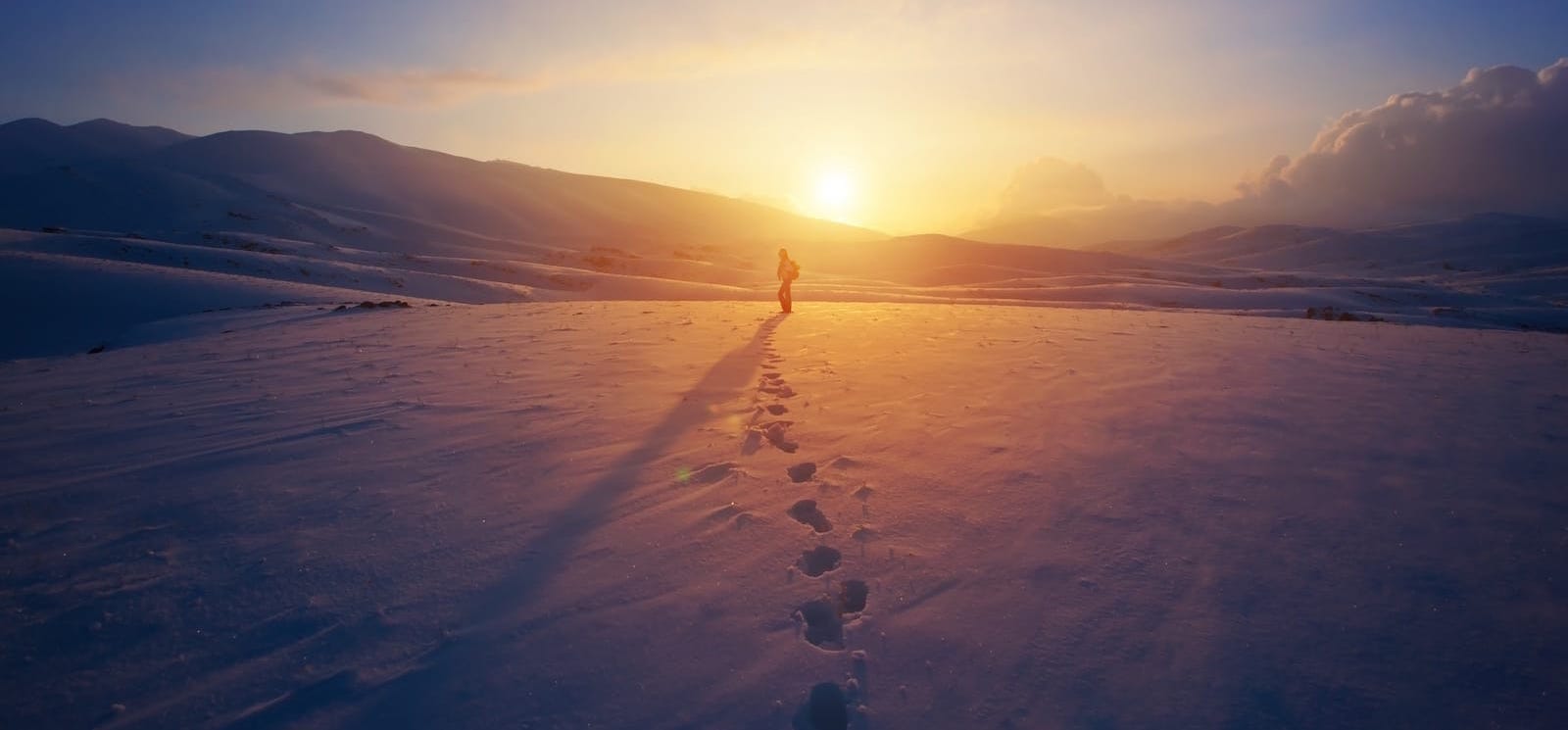Research Sources (as of 5/4/2018)
The following resource sources were factored into the CACS ® algorithm to calculate suicide risk.
Alter, Adam L. Irresistible: the Rise of Addictive Technology and the Business of Keeping Us Hooked. Penguin Books, 2018.
- Technology Use and Addiction p. 6-10
- Social Isolation p. 217
Erbacher, Terri A., et al. Suicide in Schools: a Practitioner's Guide to Multi-Level Prevention, Assessment,
Intervention, and Postvention. Routledge, 2005.
- Grief and Loss p. 185
- Risk Levels p. 97
- Screenings p. 185
- Threat Assessment and Reduction p. 47-48
- Warning Signs p. 103
Freedenthal, Stacey. Helping the Suicidal Person: Tips and Techniques for Professionals. Routledge, 2018.
- Access to Firearms p. 72, 126
- Burden and Isolation p. 70, 163
- Chronic Risk p. 100, 143
- Collaborative Interview p. 67
- Consultation with Colleagues p. 134
- Demographics and Suicide p. 86
- Documentation Needs p. 102-103
- Intensity of Suicidal Ideation p. 59, 215
- Internet Searches of Suicide p. 74
- Key Protective Factors p. 84
- Mini Screening Tools p. 152
- No-Suicide Contracts p. 115
- Structure of Safety Planning p. 118-121, 146
Flemons, Douglas G., and Leonard M. Gralnik. Relational Suicide Assessment: Risks, Resources, and Possibilities for Safety. W.W. Norton & Company, 2013.
- Access to Firearms p. 125
- Acute Stressors p. 78-79
- Anorexia Nervosa p. 107
- Burden and Isolation p. 92
- Chronic Risk p. 122
- Disciplinary Action for Students p. 80
- Disclosures of SI or Death p. 124
- Ending Suffering or Pain p. 121
- Family Conflict p. 102
- Grief and Loss p. 92
- Humiliation and Shame p. 92, 119
- Legal Problems p. 80
- Mental Illness p. 89
- Protective Factors p. 127
- Rejection p. 76
- Risk Levels p. 119
- Safety Planning p. 129
- Sleep Interruption p. 95
- Therapeutic Alliance p. 62, 119
Joiner, Thomas E. Why People Die by Suicide. Harvard University Press, 2005.
- Abuse and Risk p. 65, 189-190
- Age p. 162
- Anorexia Nervosa p. 196
- Burden & Isolation p. 96, 106-107, 109
- Chronic Risk p. 61
- Depression p. 58, 164
- Ethnicity & Culture p.160,
- Family History p. 174, 176
- Impulsivity p. 184, 187
- Intent p. 82
- Marital Status p. 124
- Mental Illness p. 164, 196
- No-Suicide Contracts p. 212-213
- Self-harm p. 50-51, 59, 62, 167
- Sleep Interruption p. 181-182
- Social Support p. 159
- Substance Use p. 194
- Violence and Risk p. 71-71
Shea, Shawn C. The Practical Art of Suicide Assessment: a Guide for Mental Health Professionals and Substance Abuse Counselors. Mental Health Presses, 2011.
- Acute Stressors p. 24-25
- Collaborative Interview p. 13
- Humiliation p. 31
- Intent p. 11
- No Escape p. 43
- Primary Care Visits p. 7
- Visualization p. 26
Twenge, Jean M. IGEN Why Today's Super-Connected Kids Are Growing up Less Rebellious, More Tolerant, Less Happy-and Completely Unprepared for Adulthood and (What This Means for the Rest of Us) Atria Books, 2017.
- Cyberbullying p. 167
- Social Isolation p. 167
- Technology Use and Mental Illness p. 292

